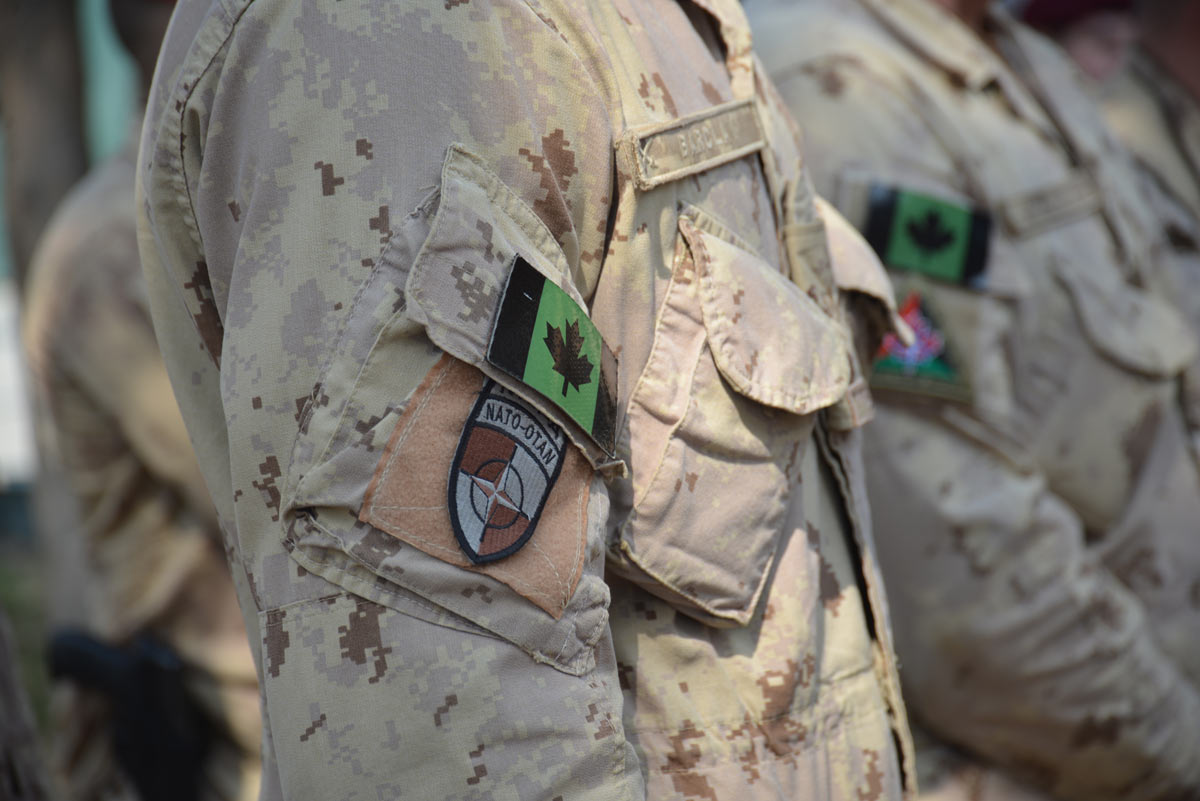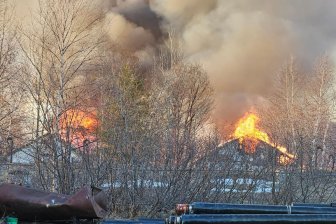Nearly 60,000 of Canada’s 68,000 troops are now in isolation in advance of COVID-19 operations, Canada’s top soldier says.

Many of them have been ordered to do so to be ready to deploy across Canada to assist civil authorities to deal with the COVID-19 pandemic, said Gen. Jon Vance said in an interview Thursday with Global News.
Others are on alert for critical operations such as the NORAD mission to defend North America with fighter jets or to prepare to assist governments with natural disasters such as springtime floods.
“The vast majority of troops — about 85 per cent — are not at their usual place of work,” Gen. Vance said.
“Their orders are to stay home and to stay healthy.”
Vance likened what was happening to the military now to how armies responded when under artillery attack.
“You disperse the force,” the chief of the defence said. “That fits with what we are doing about COVID. We are taking extreme precautions.”
The general, who first came to widespread public notice during his two combat tours in Afghanistan, said he was unaware of an increase in cyberattacks on Canada’s critical military, government and civilian infrastructure during the coronavirus crisis.
“But what is out of the ordinary is an increase in the use of cyberspace to spread false information,” he said.
Without saying which country or countries might be responsible, he added: “There is a real uptick in the use of COVID information to attack the response of some countries.” The disease was being used “as an opportunity” he said, to advance certain points-of-view.

While most of the troops stayed home, the general said he was still going to work every day at National Defence Headquarters because he needed to have instant access to intelligence and other military communications networks.
However, as a precaution, he and the vice chief of the defence staff, Lt. Gen. Jean-Marc Lanthier, were working from different buildings. Many meetings with Lanthier and other senior commanders that normally took place face-to-face were now taking place via video conferences.
Though most of the troops are not together, the Canadian Forces’ key operations have not stopped, Vance said.
The first priority is to assist predominately indigenous northern communities including “especially remote fly-in settlements,” the general said. Reservists were being activated and given full-time contracts to help tailor the force to do this and other tasks, he said.
Rangers, who are mostly from aboriginal communities across Canada’s north, were already in place and ready to assist.
Specific help would involve some medical personnel and would have a specific focus on logistics to provide supplies, to make clean drinking water and use the air force’s unique aero-medevac capabilities if they were required, he said.
“We can help sustain these particular communities with air support,” he said.
As for the Navy, HMCS Calgary is now making the three-week sail across the Pacific Ocean to resume the Royal Canadian Navy’s role in OP Neon. That multinational UN mission observes whether oil sanctions imposed on North Korea are being broken in the East China Sea and South China Sea.
However, the British Columbia-based warship might return home early from the usual six- or seven-month-long western Pacific patrol if it was decided that port visits in Asia might cause a risk to the crew or people in those countries, Vance said.
READ MORE: Coronavirus — Navy bringing warships home earlier than planned
While some troops had returned from NATO training forces in Ukraine and Iraq, manpower for the Canadian-led NATO tripwire mission in Latvia had not changed, the general said.
At the same time, the Royal Canadian Air Force was already helping to move supplies and military personnel around in Canada and might in some situations assist the government to repatriate Canadians who are stuck overseas, though in some cases the best medical advice “might be that they would be better protected if they stayed in place,” Vance said.
Canada is in close touch with its Five Eyes intelligence partners — the U.S., United Kingdom, Australia, New Zealand — about COVID-19. The general’s planners have also been closely examining the current experiences of U.S. and Italian forces who have been called out to deal with the serious outbreak in their countries. Meanwhile, Canada’s Allies are watching how Canada’s troops were responding, Vance said.

Looking ahead, the general said that the military could not shut down its training and recruiting for long.
“We have to keep the pipeline open and that’s a challenge,” he said. “We are looking at addressing that in strategic planning, to restore training within a COVID environment.”
What is taking place in Ottawa and at regional commands at the moment is contingency planning and looking at requests for assistance to deal with the coronavirus pandemic, he said.
The general said he and his staff are in hourly contact with senior federal officials. When his troops might be called out by the government to render aid is unknown at this time and is heavily dependent, he said, on whether Canadians heeded the advice that they had been getting from governments and from and health care professionals to isolate themselves from others and to observe safe hygienic practices.
“My hope is that Canadians will heed this advice to protect themselves and ‘flatten the curve’ so we do not have to deploy our force,” the general said.




Comments